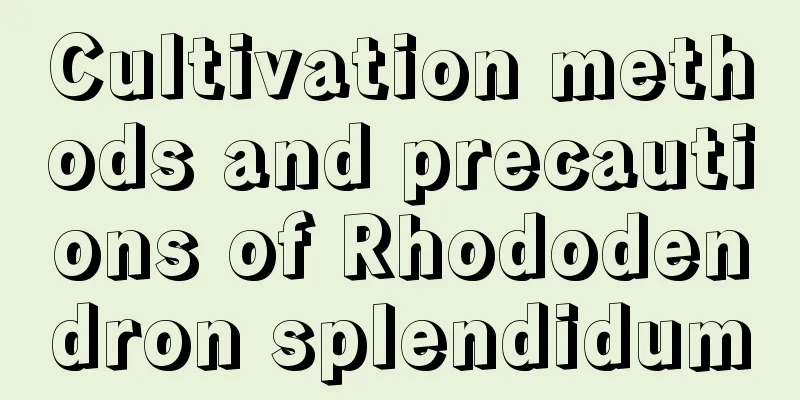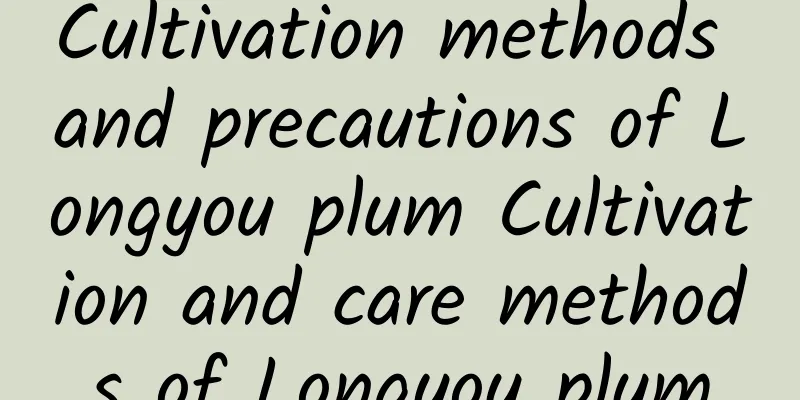Reasons and solutions for pear trees not blooming

|
As one of the common fruit trees, the flowering and fruiting process of pear trees is crucial to fruit farmers. However, sometimes pear trees do not bloom or bear fruit, which not only affects the economic benefits of fruit farmers, but may also affect the health of the pear trees themselves. Here we discuss the reasons and solutions for pear trees not blooming. 1. Reasons why pear trees do not bloom 1. Improper pruning: Pear trees need proper pruning during their growth to maintain the tree shape and promote flower bud differentiation. If pruning is unreasonable, such as too much shortening resulting in vigorous growth of branches, the new shoots cannot stop growing in time in summer and flower bud differentiation will not be possible. 2. Insufficient nutrients: Pear trees require a lot of nutrients during flower bud differentiation. If the soil lacks nutrients, the normal growth of the seedlings will be affected and may result in no flowering. In addition, the lack of trace elements will also affect the differentiation of flower buds. 3. Pest and disease attack: Pear trees may be attacked by various pests and diseases during their growth, such as pear rust, pear black spot, etc. These diseases will weaken the tree and affect the normal differentiation of flower buds. 4. Environmental factors: Pear trees have certain requirements for their growing environment. If the growth environment is not suitable, such as low temperature, insufficient light, etc., it will also affect the differentiation of flower buds. 2. Solutions to the problem of pear trees not blooming 1. Reasonable pruning: During the growth of the pear tree, reasonable pruning should be carried out. When pruning, pay attention to thinning out branches more and cutting back less to improve ventilation and light conditions between branches and leaves and promote flower bud differentiation. At the same time, the branch angles should be widened to moderate the tree's growth and create favorable conditions for flower bud differentiation. 2. Strengthen nutrient management: During the growth of pear trees, nutrient management should be strengthened. After harvesting the fruits in autumn every year, well-rotted organic fertilizer should be added to the soil and the surrounding weeds should be removed to reduce nutrient consumption and insect pests. Before budding in spring and after flowers fall, top dressing should be carried out in time to meet the needs of pear tree growth and flower bud differentiation. 3. Prevent and control diseases and insect pests in time: During the growth of pear trees, diseases and insect pests must be prevented and controlled in time. The orchard should be cleaned in winter, and branches and fruits infected with diseases should be removed in time. Usually, we should strengthen water and fertilizer management to improve the disease resistance of pear trees. Once pests and diseases are discovered, appropriate pesticides should be used for spraying to prevent and control them. 4. Improve the growth environment: If the growth environment of the pear tree is not suitable, take timely measures to improve it. For example, provide the pear tree with suitable temperature, light, water and other conditions. In cold areas, you can cover the seedlings with insulation materials to keep them warm; in areas with insufficient light, you can increase the light intensity by increasing the lighting time or using supplementary lights. When a pear tree fails to bloom and bear fruit, we must conduct a comprehensive analysis and respond from the aspects of pruning, nutrient management, pest and disease control, and growth environment. The flower bud differentiation and fruiting process of pear trees can be effectively promoted through the comprehensive application of measures such as reasonable pruning, strengthening nutrient management, timely prevention and control of pests and diseases, and improving the growth environment. At the same time, we must also pay attention to strengthening the daily management of the orchard, promptly discover and solve problems, ensure the healthy growth of pear trees and achieve good economic benefits.
|
<<: How many days is the growth cycle of long beans?
>>: How to trim bottle orchid leaves that are too long?
Recommend
What to do if the leaves of Phlox paniculata turn yellow
1. Too much water causes root rot Reason: Phlox i...
Roses and jasmine, learn to prune them so they can grow better
Rose pruning There are three main time points for...
Does water hyacinth prefer shade or sun?
Does water hyacinth prefer shade or sun? Water hy...
When does earwort bloom?
1. Flowering period: Many people may want to know...
How to propagate the vine of love
Introduction to the horizontal cutting method Onc...
The efficacy and function of lavender tea
1. Calm your mind Drinking lavender tea can help ...
Kalanchoe only grows leaves but no flowers
1. Proper lighting Reason: It is not heat-resista...
Tulip propagation methods and techniques
Tulips are known as the "Queen of Spring&quo...
How to take cuttings of jasmine flowers and when to take cuttings
1. How to propagate the jasmine flower by cutting...
How to grow chrysanthemum
1. Maintenance methods 1. Temperature: The temper...
Succulent Plant Soil Encyclopedia
Blue Stone When growing succulents, a commonly us...
How to remedy yellowing of strawberry leaves
The difference between dry and wet is too large I...
The correct way to water green radish with beer How to water green radish with beer for better effect
Can beer be used to water green radish? Beer wate...
Is aloe vera juice poisonous? How to tell if aloe vera is poisonous?
1. Is aloe vera juice poisonous? There are many v...
Is Osmanthus fragrans a plant that likes shade or sunlight?
Does Osmanthus fragrans prefer shade or sun? Osma...









